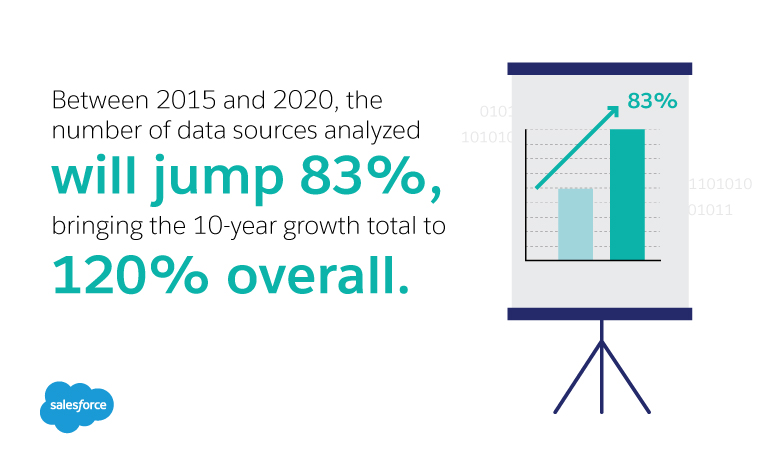data analysis
Finding the Best Data Analysis Software for Your Business

By Casie Gillette; Big data entails large volumes of information that can come from many sources, such as business transactions, social media sites, and even from direct (or indirect) customer feedback. Big data can make a real difference when it comes to making your business stand out. In fact, more data is being created on a daily basis than ever before.; It is predicted that by the year 2020, about 1.7 megabytes of new information will be created every second for every human being on the planet, and at least a third of that data will pass through the cloud. This means that the days where an organization could simply ignore big data, while still maintaining a competitive edge, are long past.
The Value of Big Data
In order to thrive in such a competitive market, your business needs to be able to locate, decipher, and act upon the customer data that is available to it. This is due to a number of big-data related benefits:
- Big data helps businesses make decisions regarding customer and market trends.
- Big data allows organizations to identify and correct problems before they can have a significant impact.
- Big data gives businesses a better idea of who their customers are, by providing information relating to demographics, spending habits, and other behavioral considerations. This allows for hyper-targeted marketing and sales campaigns.
Between 2015 and 2020, the number of data sources analyzed will jump 83%, bringing the 10-year growth total up to 120% overall. With this increasingly-staggering volume of data, it’s becoming ever more important that organizations ensure that they’re capable of getting real value out of the information being reviewed. And for that, they need an analysis tool capable of handling it the right way.

A Good Analysis Tool Is Needed
Data Analysis on the Go
With the increasing ubiquity of portable smart devices, the idea of having a single, stationary ‘office’ from which to conduct business is becoming less commonplace. Instead, business leaders and employees are preferring to do their work from wherever they happen to be at any given moment. Because of this, data analysis software that is confined to a single in-house server or network is simply not as effective as one that can function in its complete form across mobile devices. On the other hand, data analysis programs that are designed with mobile capability first in mind (rather than as an afterthought) make it possible for various tools to be accessed on any internet-enabled device, from anywhere, at any time.
Additionally, data analysis tools that are designed with compatibility in mind help ensure seamless interaction between the analysis tools and the other, in-house programs it will have to coordinate with. Those that cannot will likely slow down processes and create inefficiencies.
Usability Is Key
Not all out-of-the-box data analysis solutions are capable of working effectively with all organizations. As such, having an entirely-customizable solution ensures that the business is able to continue functioning the way it was intended, rather than having to adapt itself to fit a newly-introduced data analysis tool. Likewise, data analysis programs should be able to display information in a way that is graphic centered, allowing more data can be reviewed and evaluated more quickly, and in a way that is much easier for the viewer to comprehend.
Improving usability, especially as it relates to capability, allows for analytics solutions that make it possible for users to perform complex assignments, without the need of a complex understanding of the program. Specially designed and built-in wave action tools help users create tasks, update records, and share data, all with a minimal amount of training. And, given that 65% of underperformers say that as much as half of their analytics users suffer from inadequate training and resources, this particular feature is extremely important.


